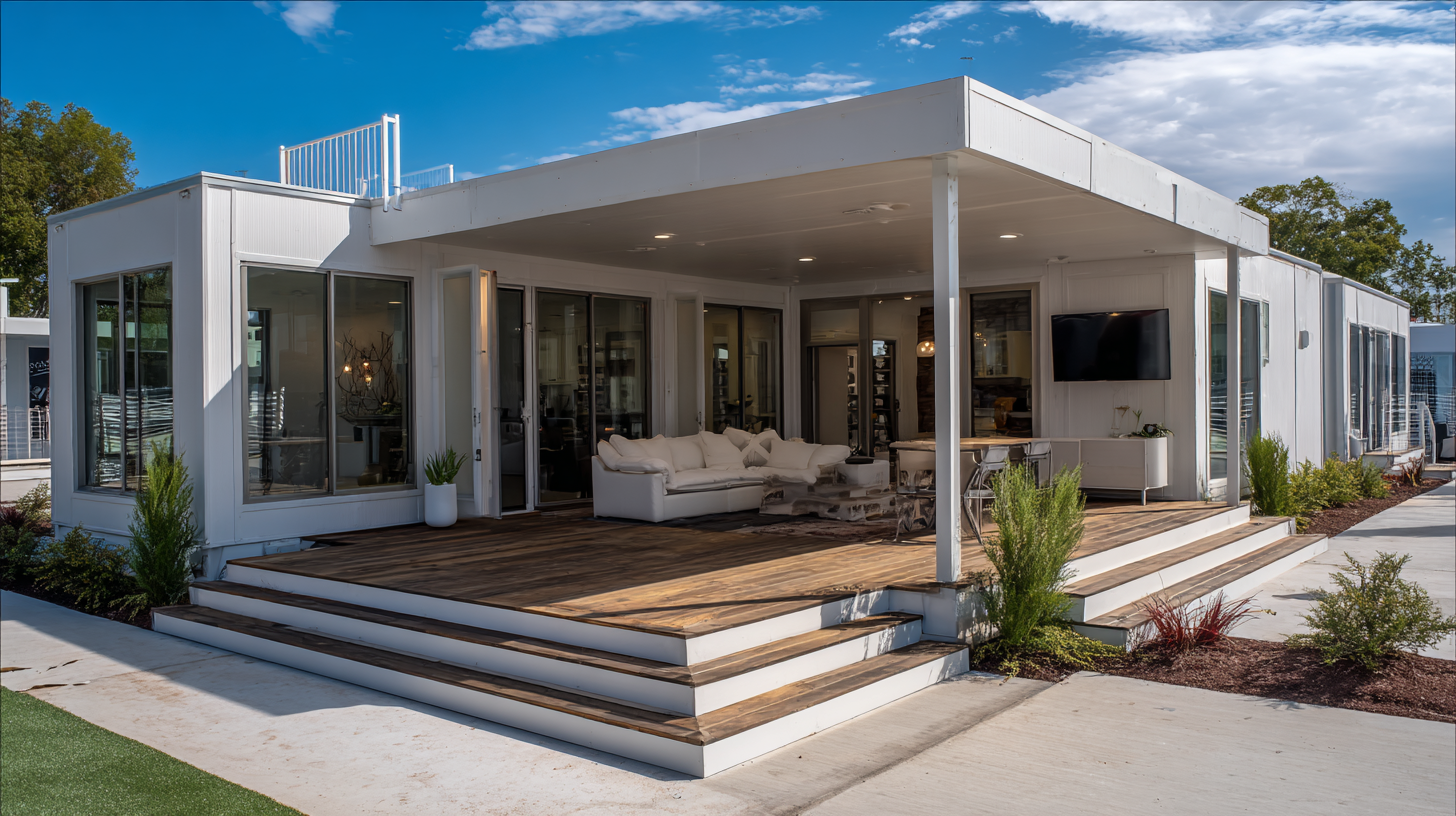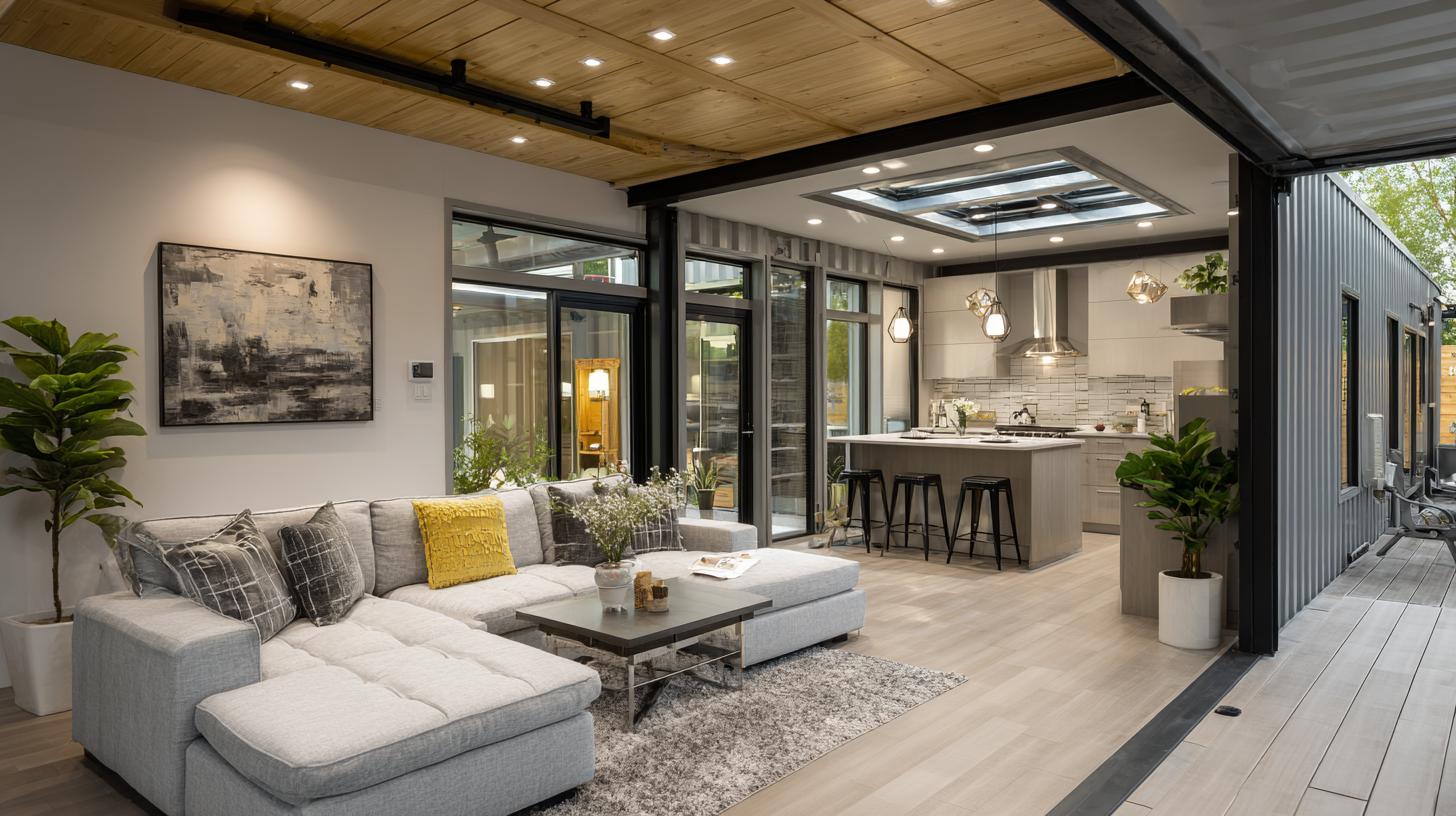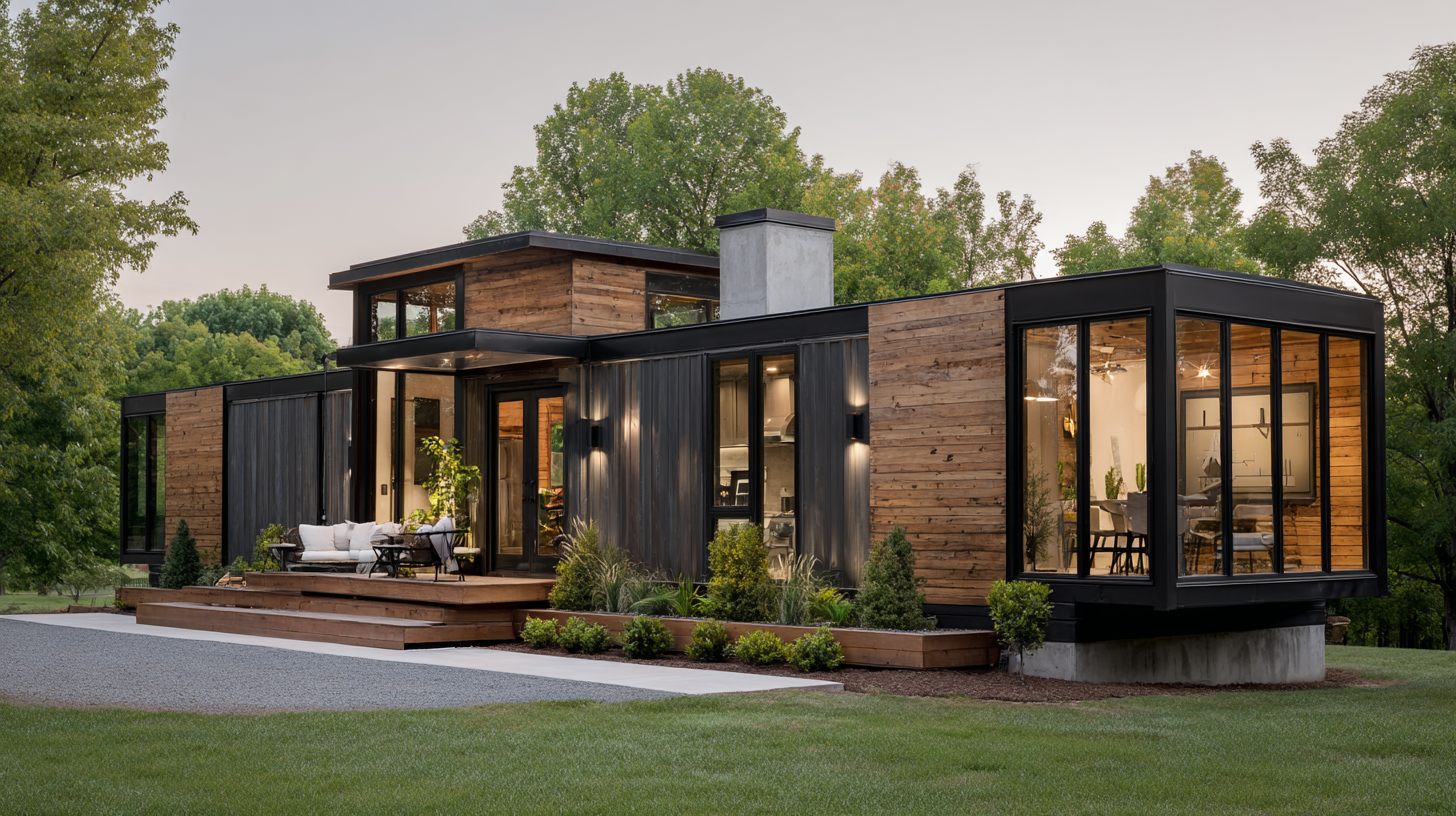
News
Transforming Spaces: Unveiling Global Success Stories with the Best Modular Homes
In recent years, the construction industry has witnessed a remarkable shift towards Modular Homes, which are revolutionizing how we think about housing. According to a report by the Modular Building Institute, the modular construction market is expected to reach $157 billion by 2023, driven by advancements in technology and increasing demand for sustainable building practices. Modular Homes, characterized by their pre-fabricated components and efficiency in construction, offer a range of solutions that cater to diverse demographic needs. From single-family residences to multi-story apartments, these innovative structures not only reduce construction waste but also minimize the time spent on-site. As we unveil global success stories of modular housing, we will explore various types and their unique features, highlighting their suitability for different environments and communities, thus demonstrating the profound impact of Modular Homes on the future of living spaces.

Exploring the Evolution of Modular Homes in Modern Architecture
The evolution of modular homes has marked a significant shift in modern architecture, combining efficiency, sustainability, and innovative design. Initially regarded as temporary or low-cost housing solutions, modular homes have transcended these limitations, becoming symbols of cutting-edge architectural practices. By utilizing prefabricated components, architects can create bespoke designs that not only fulfill aesthetic aspirations but also cater to the functional needs of inhabitants. This approach allows for reduced construction times and minimized waste, making modular homes a competitive alternative in a world that increasingly prioritizes sustainability.
As global environmental concerns intensify, the modular home industry has adapted by incorporating sustainable materials and energy-efficient systems. Many contemporary modular homes feature green technologies such as solar panels and rainwater harvesting systems, further emphasizing their role in the movement toward eco-friendly living. Moreover, advancements in design software and construction techniques enable the seamless integration of modern amenities, proving that modular homes can offer the same level of comfort and luxury as traditional houses. In this way, the narrative of modular homes is not just about efficiency but also about creating beautiful, livable spaces that are at the forefront of modern architectural trends.

Key Features that Make Modular Homes Stand Out Globally
Modular homes have emerged as a revolutionary concept in the housing industry, offering several key features that set them apart on a global scale. One of their most significant advantages is the efficiency in construction. Built in sections off-site and assembled on location, these homes significantly reduce building time, minimizing labor costs and streamlining project management. This approach not only alleviates scheduling delays but also allows for a more predictable timeline, making modular homes an attractive option for both homeowners and developers alike.
Another standout characteristic of modular homes is their environmental sustainability. Many manufacturers prioritize using eco-friendly materials and construction practices, resulting in homes that are energy-efficient and reduce waste. Furthermore, the precision techniques employed in the building process lead to less leftover material and reduced energy consumption during the construction phase. As the global demand for sustainable living spaces grows, modular homes continue to gain traction, showcasing their potential to transform not only individual living experiences but also the broader housing landscape around the world.
A Comparative Analysis of Cost-Effectiveness in Modular Housing
As the global landscape shifts toward more sustainable living solutions, modular homes are emerging as a viable alternative for affordable and efficient housing. The projected growth of the modular construction market from $94.84 billion in 2025 to $151.53 billion by 2032 showcases its increasing acceptance and popularity. This growth, with a compound annual growth rate (CAGR) of 6.9%, highlights the need for innovative housing solutions in response to rising property prices and the growing challenges of traditional construction methods.
In the Asia-Pacific region, the modular building sector is specifically expected to expand from $430 billion in 2025 to an impressive $712 billion by 2032, marking a CAGR of 7.5%. This surge indicates not only the demand for housing but also an inclination towards efficiency and sustainability. With cost-effectiveness being a key driver, modular homes present a unique opportunity for buyers seeking modern living spaces that align with both aesthetic and functional needs. As the industry continues to evolve, we can expect to see more innovative designs and structures that reflect the changing dynamics of global housing demands.

Sustainability Practices in Modular Home Construction Worldwide
The modular home construction industry is increasingly recognized for its commitment to sustainability, with numerous global success stories highlighting innovative practices. According to a report by the Modular Building Institute, the off-site construction process reduces waste by up to 90% compared to traditional building methods. This significant reduction stems from precise manufacturing techniques and the ability to recycle materials effectively. Countries like Sweden and Japan lead the way, integrating energy-efficient technologies and sustainable materials into their modular designs. For instance, Swedish modular homes often use cross-laminated timber, which not only captures carbon but also provides strong structural integrity.
Moreover, the use of renewable energy sources is a key aspect of modern modular home construction. Many of these homes are designed to be energy-neutral, employing solar panels and high-performance insulation to minimize energy consumption. A study by the Home Innovation Research Labs revealed that energy-efficient modular homes can achieve reductions in energy costs by up to 50%. This trend demonstrates a shift in consumer preferences towards homes that not only provide comfort but also align with environmental stewardship. As more builders adopt these sustainable practices worldwide, the potential for modular homes to contribute positively to climate goals becomes increasingly evident.
Transforming Spaces: Unveiling Global Success Stories with the Best Modular Homes - Sustainability Practices in Modular Home Construction Worldwide
| Region | Sustainability Practice | Key Materials Used | Energy Efficiency Rating | Waste Reduction Percentage |
|---|---|---|---|---|
| North America | Use of recycled materials | Reclaimed wood, recycled metals | LEED Gold | 30% |
| Europe | Green roof systems | Vegetative layers, drainage layers | A+ Energy Rating | 40% |
| Asia | Solar panel integration | Solar PV panels, sustainable fabrics | 5-Star Energy Rating | 25% |
| Australia | Water recycling systems | Rainwater tanks, greywater reuse | NABERS Water 4 Star | 50% |
| South America | Natural ventilation | Locally sourced bamboo | BREEAM Very Good | 35% |
Case Studies: Successful Modular Homes from Around the Globe
The rise of modular homes has revolutionized the way we approach housing across the globe. Case studies reveal that these innovative structures not only offer sustainable living solutions but also adapt seamlessly to diverse environments and cultures. For instance, in New Zealand, a modular housing project was designed to combat the housing crisis, providing affordable and eco-friendly homes that can be easily transported and assembled. This initiative not only demonstrates efficiency in construction but also addresses the urgent need for accessible housing.
In Sweden, modular homes are transforming urban living with their smart designs and space optimization. These homes can be prefabricated in factories and customized to meet specific needs, allowing for quick deployment in urban areas facing high demand. Such projects highlight the versatility of modular construction, showcasing how they can cater to a variety of lifestyles while promoting minimal environmental impact. By looking at these global success stories, it is clear that modular homes are paving the way for innovative strategies in housing solutions.
